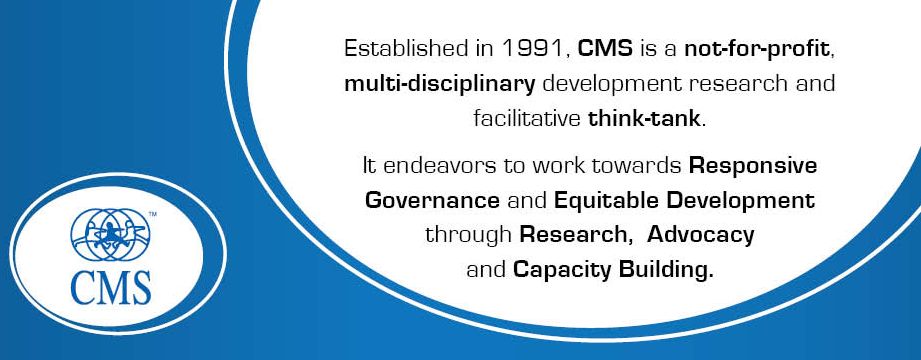The Centre for Media Studies survey on corruption in citizen centric public services has ranked Himachal Pradesh a least corrupt state in the country. Out of 20 states covered in ‘CMS-ICS 2017’, only three percent in Himachal Pradesh have experienced corruption in public services.
Kerala (4%) and Chhattisgarh (13%) were ranked second and third less corrupt state, while Karnataka (77%) Andhra Pradesh (74%), Tamil Nadu (68%), Maharashtra (57%), J&K (44%) and Punjab (42%) were among most corrupt states in the country.
The 11th annual CMS-Indian Corruption Study (CMS-ICS) was released by Dr Bibek Debroy, Member, NITI Aayog.
The survey conducted by the Centre for Media Studies covered around 3,000 persons in both rural and urban areas in 20 states namely, Andhra Pradesh, Assam, Bihar, Chhattisgarh, Delhi, Gujarat, Haryana, Himachal Pradesh, J&K, Jharkhand, Karnataka, Kerala, Madhya Pradesh, Maharashtra, Odisha, Punjab, Rajasthan, Tamil Nadu, Uttar Pradesh and West Bengal. The ten public services covered are PDS, Electricity, Health/hospital, School Education, Water Supply, Banking Services.
Chief Minister Virbhadra Singh credited the people of the state for it being adjudged as least corrupt State. He said that it was a matter of pride that Himachal was adjudged as the least corrupt state of the country in a recent survey conducted by Centre for Media Studies.
Chief Minister said that the survey reveals about the honesty and hard-work besides characteristic values imbibed in the people of the state. He said that the people of the state were god-fearing and believed in truthfulness.
Quipping, Chief Minister said that those people were more corrupt pointing fingers at others and blame others of corruption.

Key Findings of CMS-Indian Corruption Study 2017:
• A definite decline in both perception and experience of citizens about corruption in public services between 2005 and 2017
• As per CMS-ICS 2017, around one-third of the households experienced corruption in public services at least once during the last one year while in 2005, 53% households had reported so.
• Dependency on basic public services continues to be high. Public services which were interacted with by more households include Banking (75%), PDS (74%), Public health/hospital (72%) and Electricity (70%). Compared to 2005, households interacting for banking related services saw a huge leap from 10% (2005) to 75% (2017).
• While 73% of the households had perceived increase in corruption level in public services in 2005, only 43 % of the households in 2017 opined that the level of corruption in public services has increased during the last one year prior to the survey.
• Total amount paid by households across 20 states and 10 public services as bribe, is estimated to be INR 6350 crore (63500 million) in 2017 as against INR 20500 crore in 2005.
• Among households experiencing corruption in public services during last one year was higher in Karnataka (77%) followed by Andhra Pradesh (74%), Tamil Nadu (68%), Maharashtra (57%), J&K (44%) and Punjab (42%). While in 2005 round, the percentage of households reporting so were more in Bihar (74%), J&K (69%), Odisha (60%), Rajasthan (59%) and Tamil Nadu (59%).
• In most of the states, the more often paid bribe amount ranges between INR 100-500/-. However as low as INR 10/- and as high as INR 50,000/- were also paid by households in a year for availing one or the other public services.
• Out of 20 states covered in CMS-ICS 2017, the three lesser corrupt states in terms of households ‘experiencing corruption in public services’ are Himachal Pradesh (3%) followed by Kerala (4%) and Chhattisgarh (13%). In 2005, the three lesser corrupt states were Kerala (35%), Maharashtra (39%) and Gujarat (43%).
• Among public services, households reported experiencing corruption was relatively higher in Police (34%) followed by Land/Housing (24%), Judicial services (18%) and Tax (15%) and PDS (12%).
• Key reasons for paying bribe in a public service continues to be similar in most of the states, between 2005 and 2017. The reasons for corrupt practices could be broadly categorised as procedural; documentation related; payment evasion and dependency on service provider.




